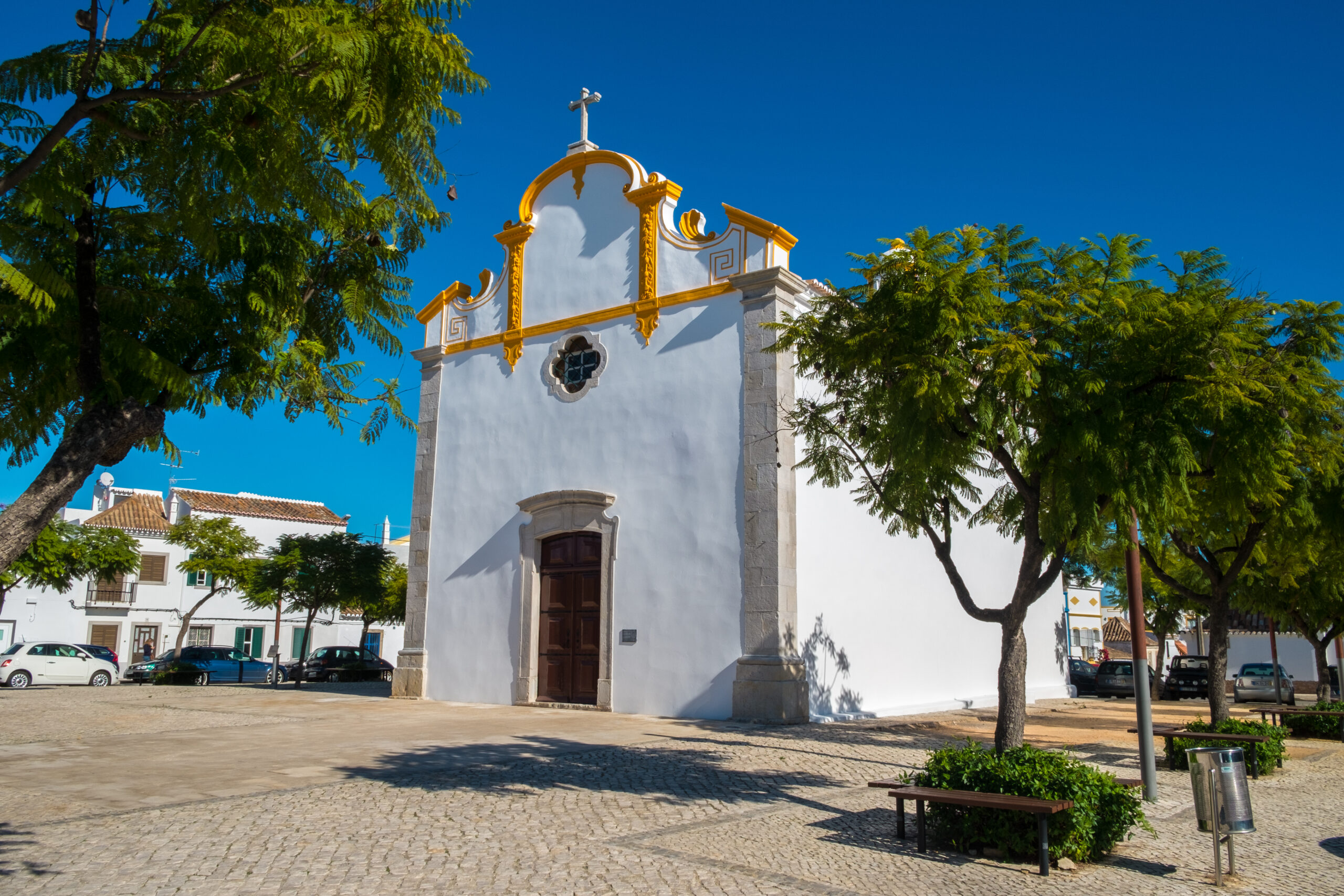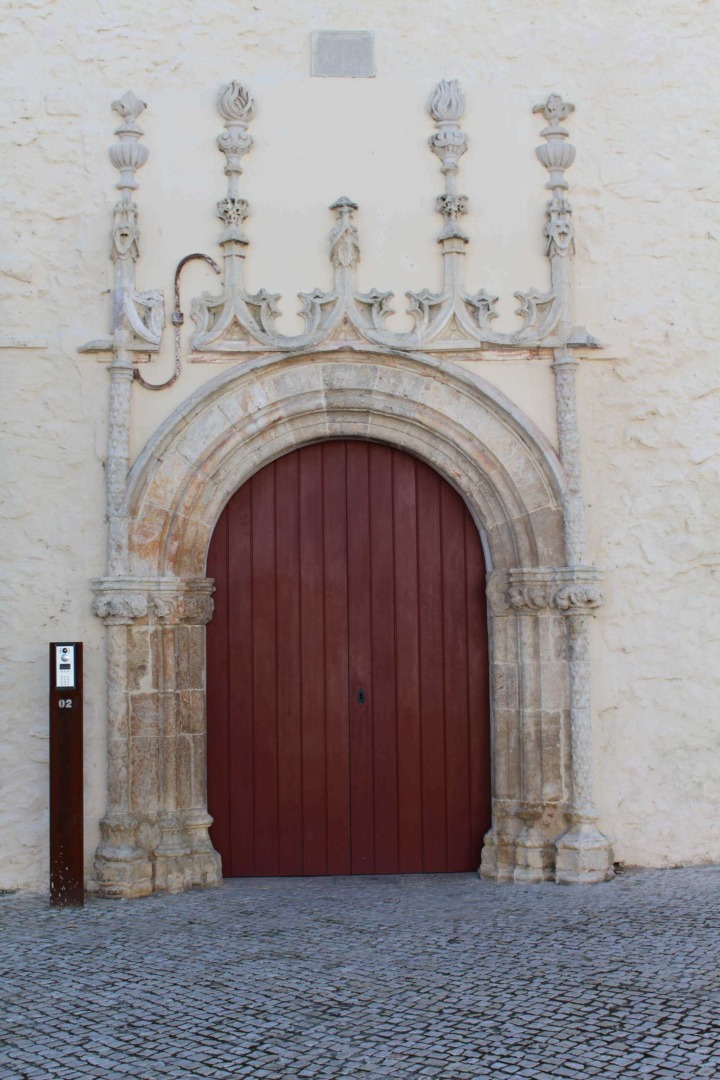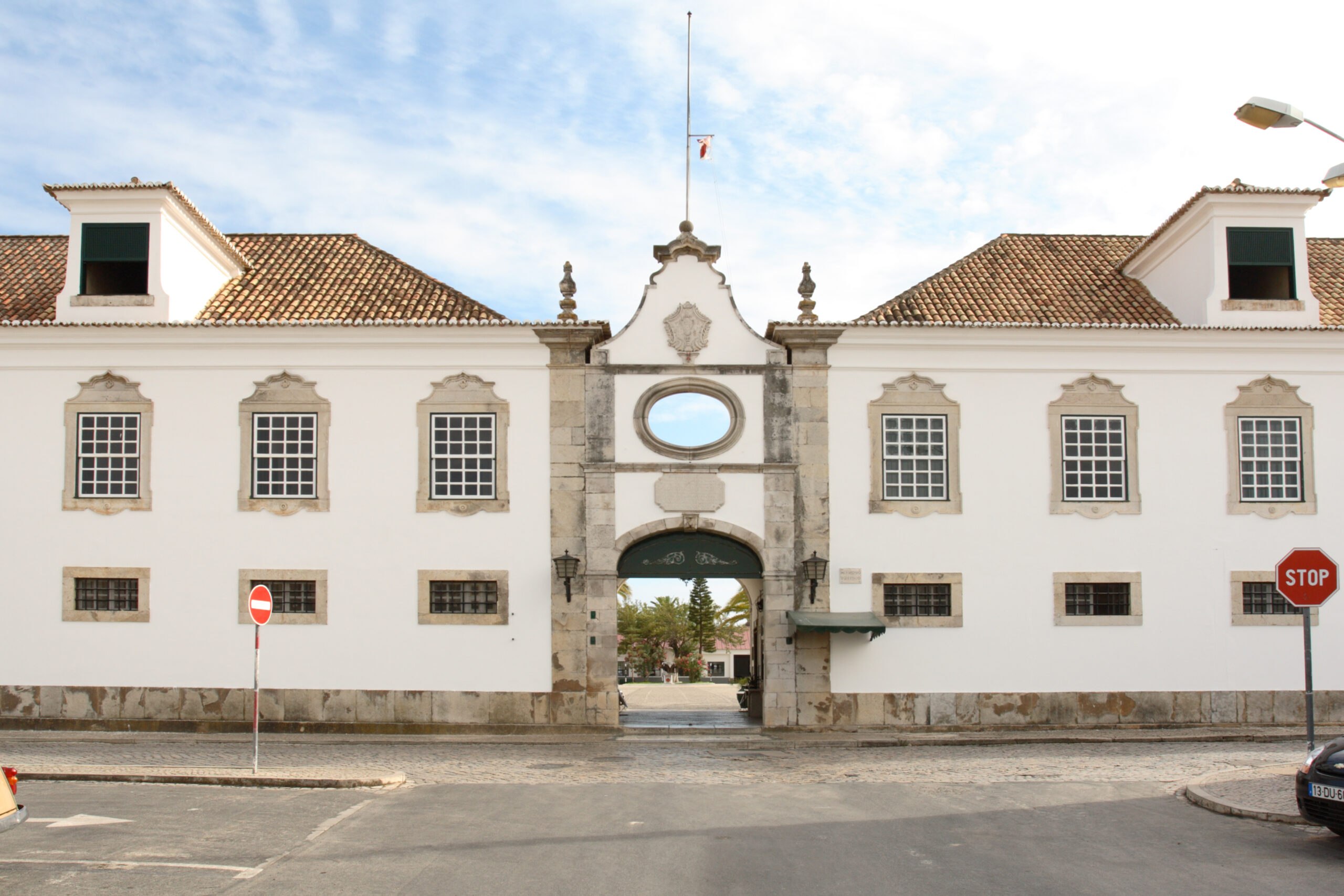Church and former convent of Santo António dos Capuchos
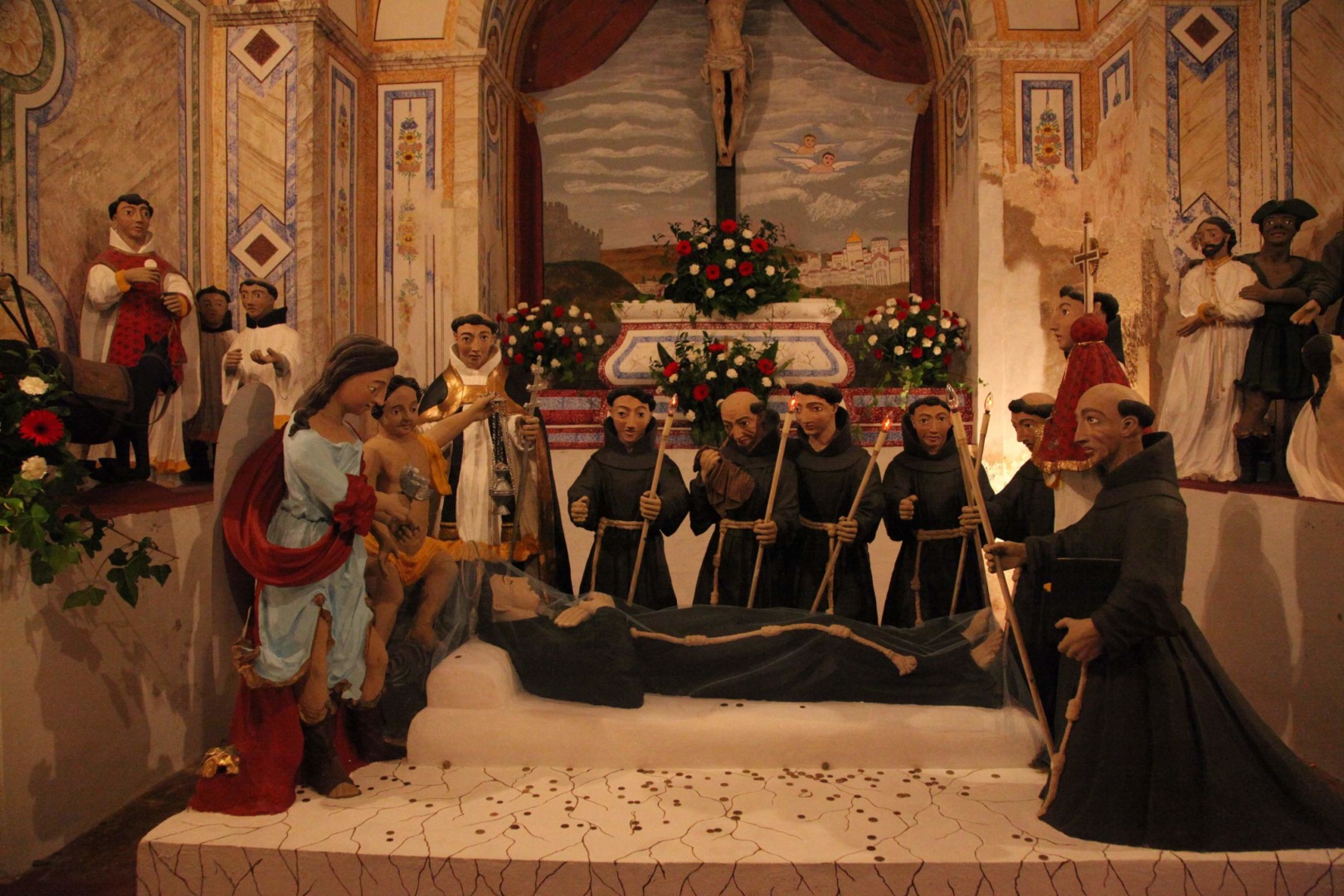
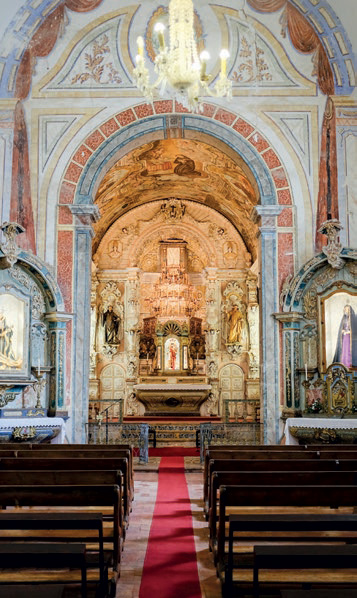
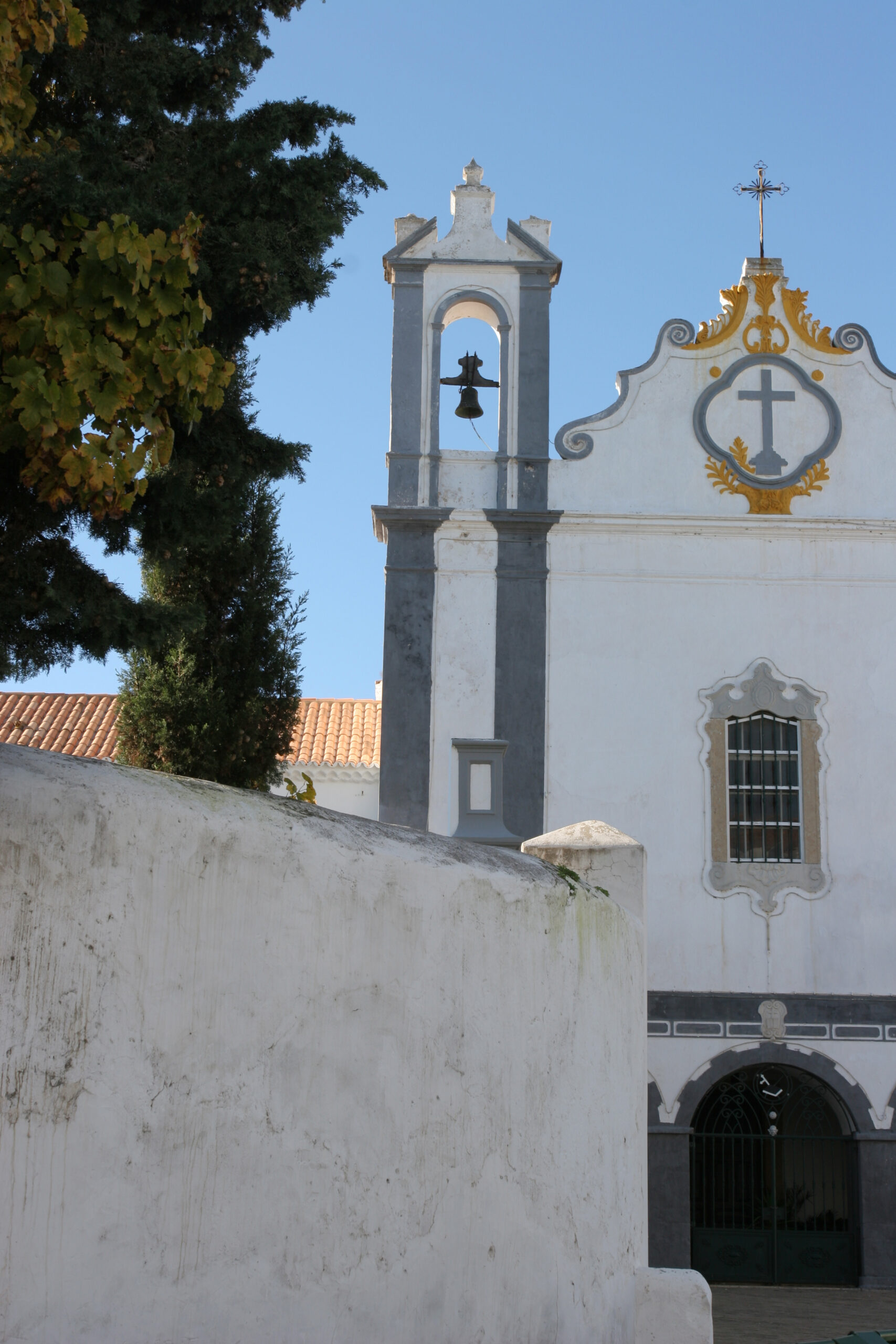
An example of the 17th-century “plain” architectural style and sobriety characteristic of the Franciscan ideals of the Capuchins
In 1607, the Capuchin friars arrived in Tavira and temporarily occupied the hermitage chapel of Our Lady of Hope (or Espinheiro) in the Atalaia area, where they began building their convent in 1612, which covered part of a suburban farm and a public courtyard.
The church has a simple rectangular floor plan with a single nave and chancel. During the second half of the 18th century, the main façade was remodelled, to introduce a Baroque pediment and large window. Inside there is a remarkable set of 18th-century sculptures in clay depicting episodes from the Life of Saint Anthony, as well as carved altarpieces and examples of paintings and religious imagery from the 16th to 19th centuries.
The cloister of the old convent is notable for its great sobriety, with three arches per side resting on square pillars. After the dissolution of the religious orders in 1834, the convent was sold at public auction and the church was acquired in 1856 by the brotherhood of Saint Anthony, which until then had been based in the church of the convent of Saint Francis.
Freguesia: Tavira 